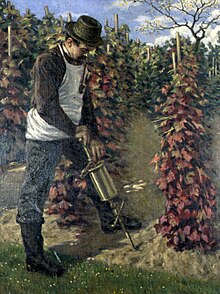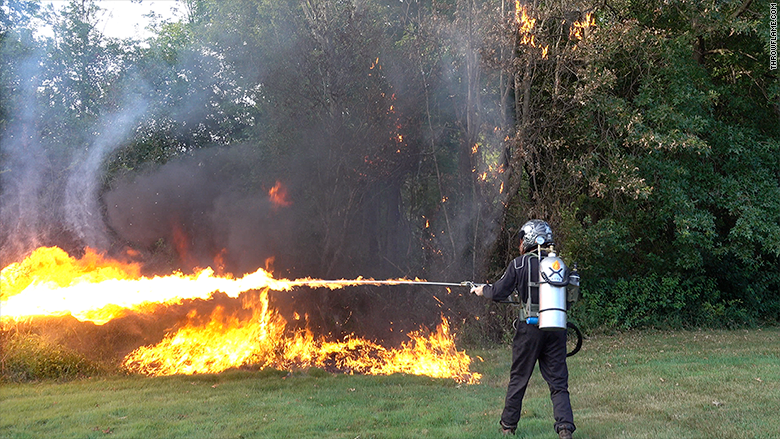DonBrennon
Well-Known Member
This is both a question to anybody with direct experience on the subject and an experiment.
Here's the espaliered tree in question, it's of a good age and in need of a severe pruning. It's absolutely loaded with immature fruits, but it's equally loaded with Wooly Aphids.



................ this is what they look like. I was initially treating the problem with compost tea drench and spray because I initially thought it was a fungal infection................If you've not seen them before, I think you'll understand why.



They basically latch onto a vulnerable part of a branch, suck sap out of the tree and produce a protective layer of some kind of waxy substance to deter predators. These photos were taken 5 days after the 1st application of neem/soap spray, which I didn't record concentrations of because I was basically in panic mode when I found out what they were (I think I gave them 3Tbsp soap & 2Tbsp neem oil per 8L of spray). I ended up spraying 16 litres of the mix to get rid of all the fluff and give the aphids a good drench, which obviously hasn't had much effect.
This is a severe infestation, which must have been going on for a couple of years at least. I wish I'd got a photo before I sprayed them, it looked like it had been snowing FFS. I've read that in small numbers they're not really that much of a problem and nothing to worry about, but this is serious. It's obvious they're already causing branches to die so I'm either gonna kill the aphids with an increasingly strong mixture of spray or kill the tree trying.
Here's the espaliered tree in question, it's of a good age and in need of a severe pruning. It's absolutely loaded with immature fruits, but it's equally loaded with Wooly Aphids.



................ this is what they look like. I was initially treating the problem with compost tea drench and spray because I initially thought it was a fungal infection................If you've not seen them before, I think you'll understand why.



They basically latch onto a vulnerable part of a branch, suck sap out of the tree and produce a protective layer of some kind of waxy substance to deter predators. These photos were taken 5 days after the 1st application of neem/soap spray, which I didn't record concentrations of because I was basically in panic mode when I found out what they were (I think I gave them 3Tbsp soap & 2Tbsp neem oil per 8L of spray). I ended up spraying 16 litres of the mix to get rid of all the fluff and give the aphids a good drench, which obviously hasn't had much effect.
This is a severe infestation, which must have been going on for a couple of years at least. I wish I'd got a photo before I sprayed them, it looked like it had been snowing FFS. I've read that in small numbers they're not really that much of a problem and nothing to worry about, but this is serious. It's obvious they're already causing branches to die so I'm either gonna kill the aphids with an increasingly strong mixture of spray or kill the tree trying.





